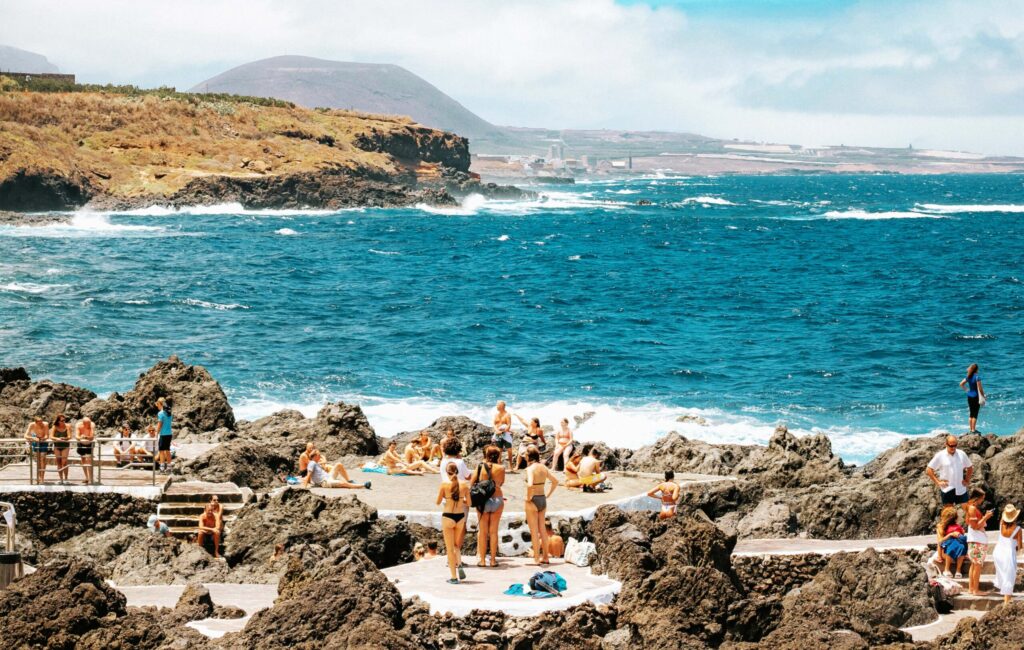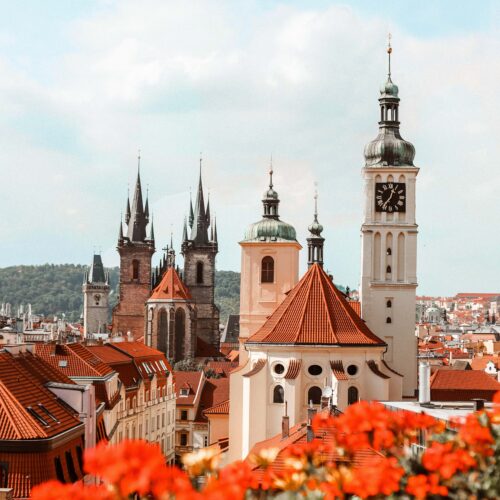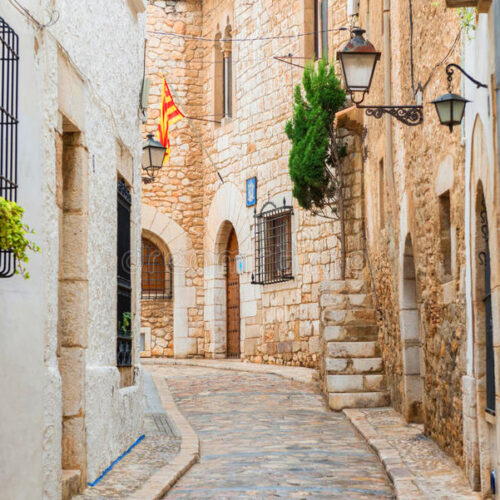Exploring Volcanoes, Beaches, and More – Without Getting Your Feathers Ruffled in the Canary Islands of Spain
Nestled off the northwest coast of Africa, the Canary Islands beckon travelers with their captivating blend of natural wonders, cultural riches, and endless adventure. This Spanish archipelago boasts seven main islands, each offering a distinct tapestry of landscapes and experiences waiting to be explored. From the towering volcanic peaks of Tenerife to the tranquil beaches of Fuerteventura and the lush rainforests of La Palma to the ancient laurel forests of La Gomera, the Canary Islands present many opportunities for discovery and delight.
Whether you seek thrilling outdoor pursuits, cultural immersion, or a tranquil escape surrounded by breathtaking scenery, these enchanting islands offer something for every traveler’s taste and preference.
Join us on a journey through this diverse paradise, where each isle reveals its unique treasures and unforgettable experiences.
Here’s a brief overview of the main islands:
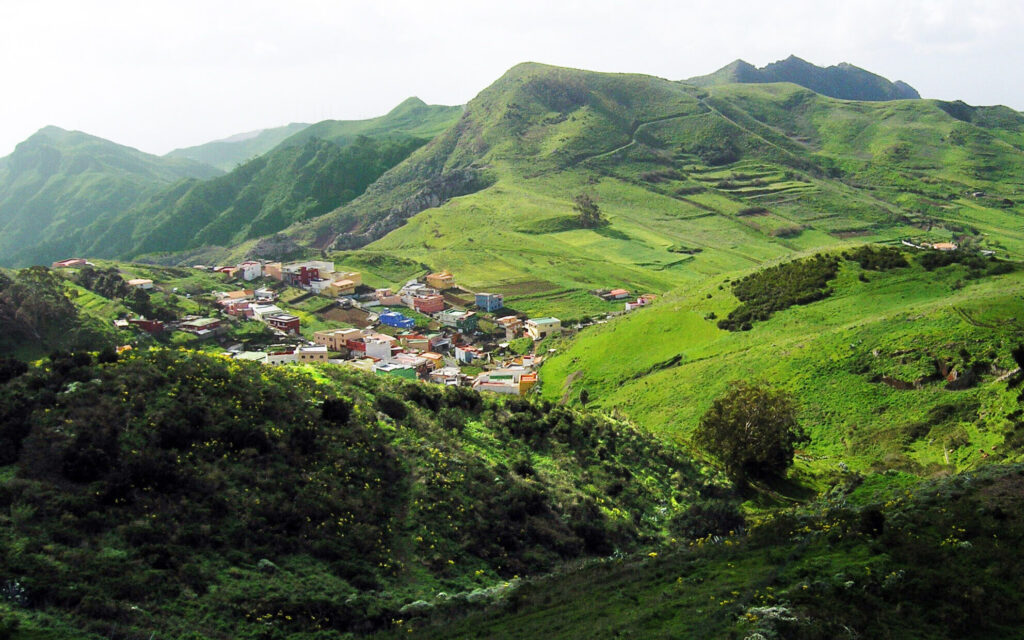
Tenerife:
-
- Mount Teide is Spain’s highest peak and a UNESCO World Heritage Site. Visitors can hike or take a cable car to the summit for breathtaking views.
- Teide National Park is a diverse natural landscape featuring volcanic craters, lava fields, and unique flora and fauna.
- Los Gigantes Cliffs: Impressive cliffs rise dramatically from the sea, offering opportunities for boat tours and whale watching.
- Siam Park is one of the world’s best water parks, featuring thrilling water slides and attractions for all ages.
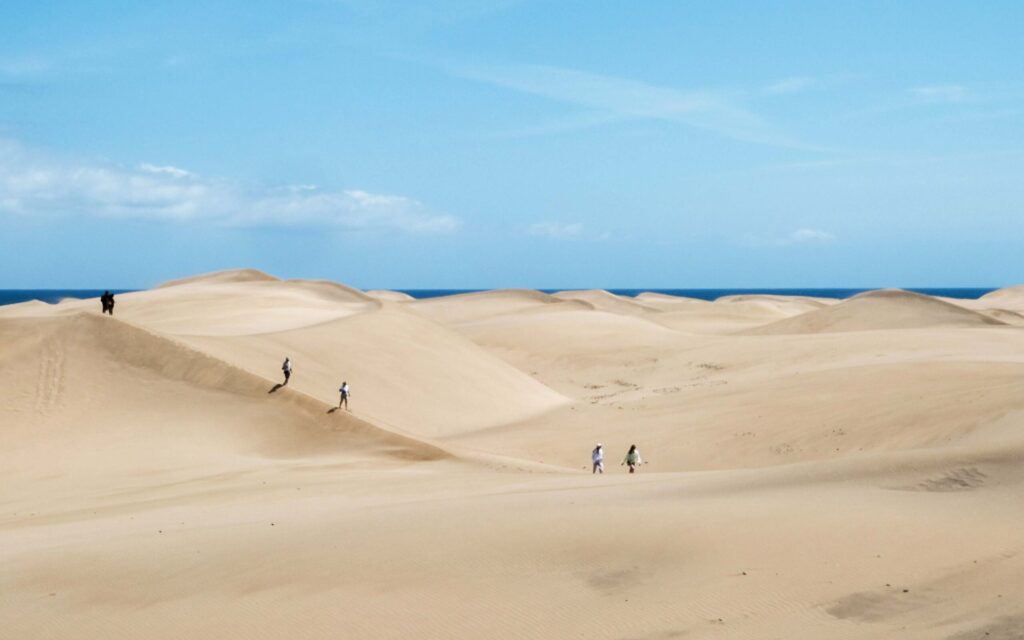
Gran Canaria:
-
- Maspalomas Dunes: A vast expanse of sand dunes along the southern coast, perfect for sunbathing and exploring.
- Roque Nublo is a striking rock formation and one of the island’s most iconic landmarks. It offers hiking opportunities and panoramic views.
- Las Palmas de Gran Canaria: The capital city is known for its historic architecture, vibrant culture, and beautiful beaches.
- Palmitos Park: A botanical garden and zoo featuring exotic plants and animals worldwide.
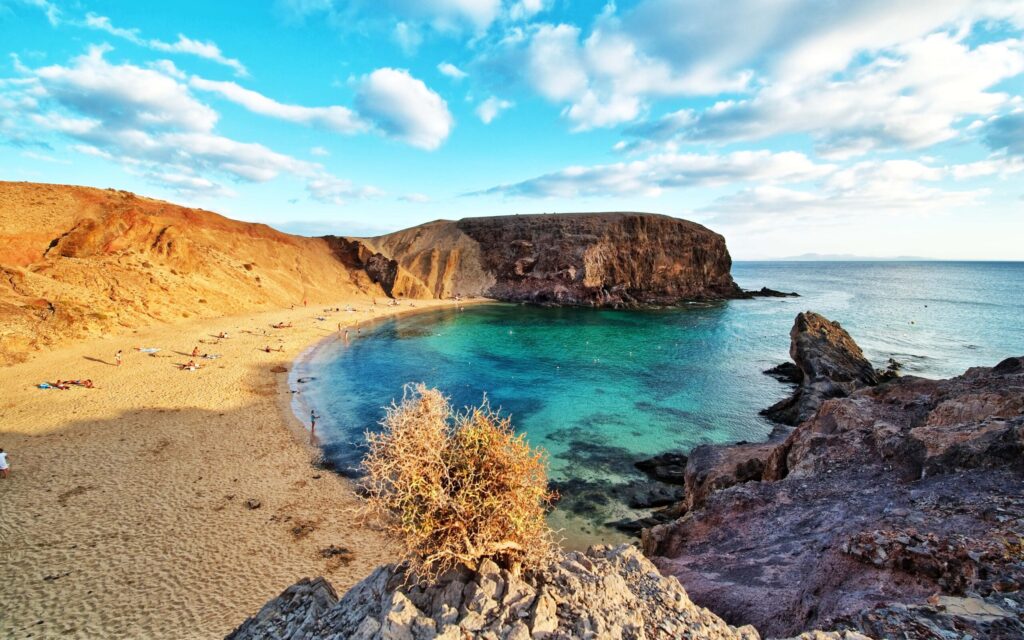
Lanzarote:
-
- Timanfaya National Park: A lunar-like landscape created by volcanic eruptions, with guided tours showcasing geothermal activity.
- Jameos del Agua is a stunning cave system formed by volcanic eruptions, featuring a unique underground lake and concert venue designed by artist Cesar Manrique.
- César Manrique Foundation: This museum, housed in the former home of artist and architect César Manrique, showcases his works and influence on the island’s architecture.
- Playa Blanca is a picturesque resort town with beautiful beaches, restaurants, and shops.
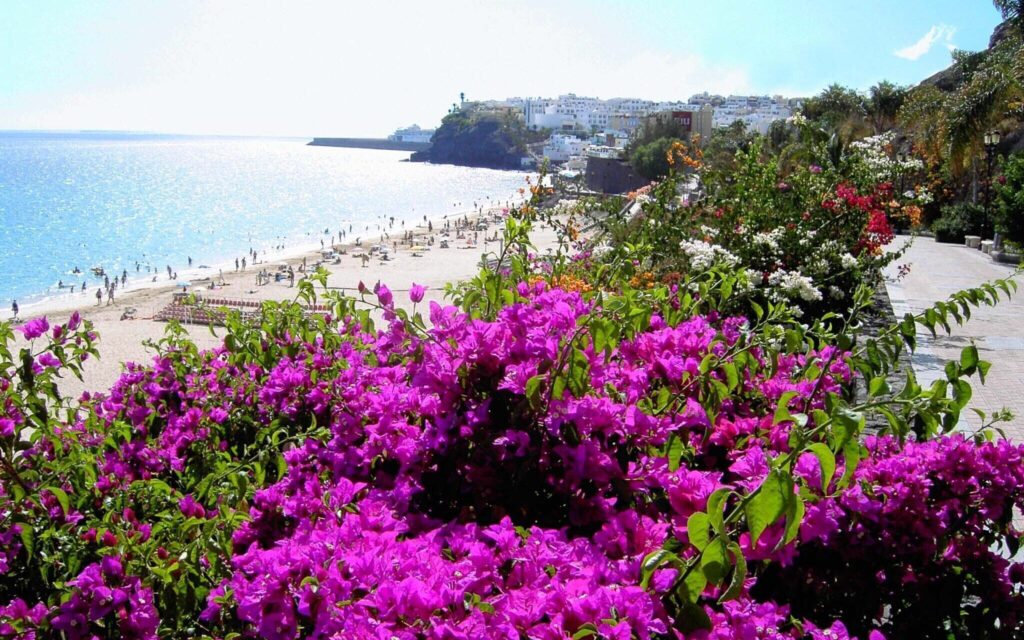
Fuerteventura:
-
- Corralejo Natural Park is a protected area featuring sand dunes, beaches, and crystal-clear waters ideal for swimming, snorkeling, and windsurfing.
- Betancuria is the island’s former capital, known for its historic architecture, charming streets, and cultural attractions.
- Oasis Park Fuerteventura: A botanical garden and zoo featuring a wide variety of plants and animals from around the world, as well as interactive experiences and shows.
- Sotavento Beach: A popular spot for windsurfing and kiteboarding, with strong winds and shallow waters perfect for beginners and experts alike.
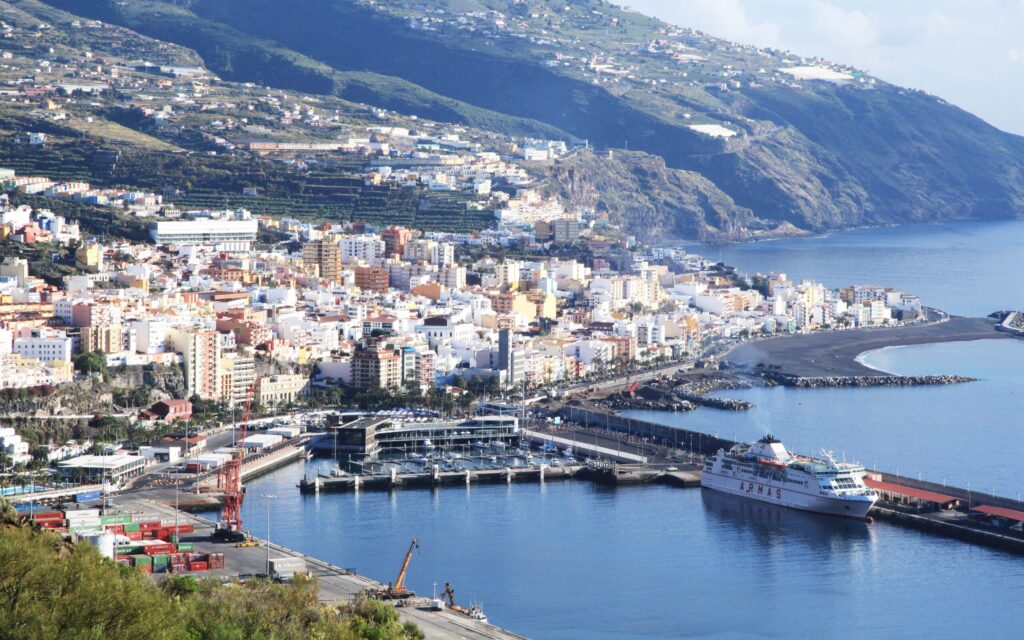
La Palma:
-
- Caldera de Taburiente National Park is a massive crater formed by volcanic activity. It offers hiking trails, stunning viewpoints, and opportunities for stargazing.
- La Palma Observatory: One of the world’s premier locations for astronomy, with several professional telescopes and guided tours available for visitors.
- Los Tilos Forest: A lush rainforest featuring waterfalls, hiking trails, and unique plant and animal species.
- Santa Cruz de la Palma is the island’s capital, known for its colonial architecture, colorful houses, and lively atmosphere.
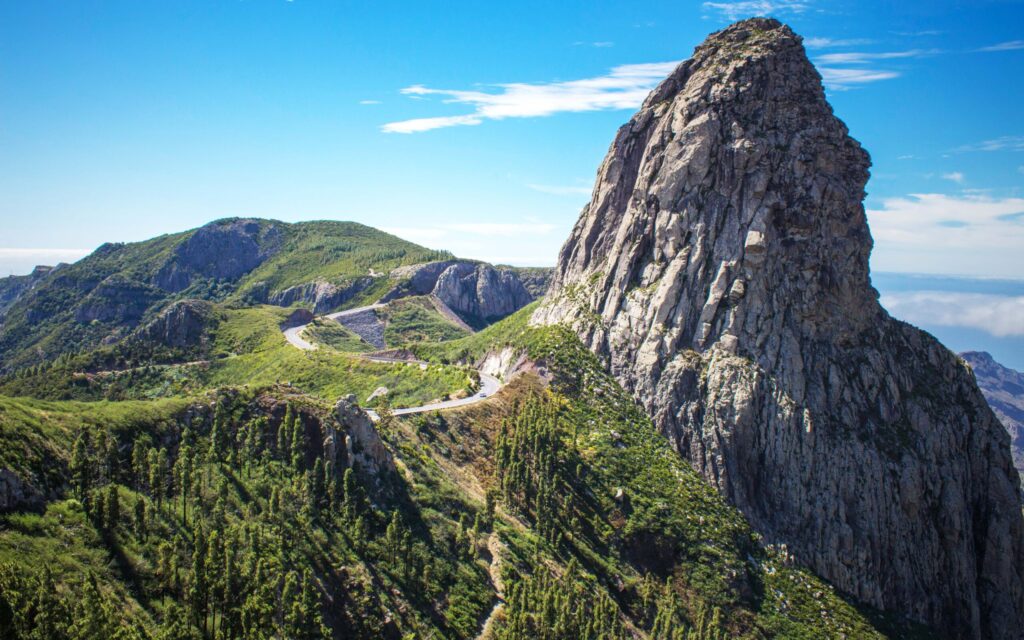
La Gomera:
-
- Garajonay National Park is a UNESCO World Heritage Site and ancient laurel forest, with hiking trails leading to breathtaking viewpoints and lush vegetation.
- Valle Gran Rey is a picturesque valley known for its stunning cliffs, black sand beaches, and vibrant local culture.
- Agulo: A charming village with traditional Canarian architecture, cobblestone streets, and panoramic views of the surrounding landscape.
- Playa de Santiago: A tranquil coastal town with a beautiful beach, seafood restaurants, and opportunities for snorkeling and diving.
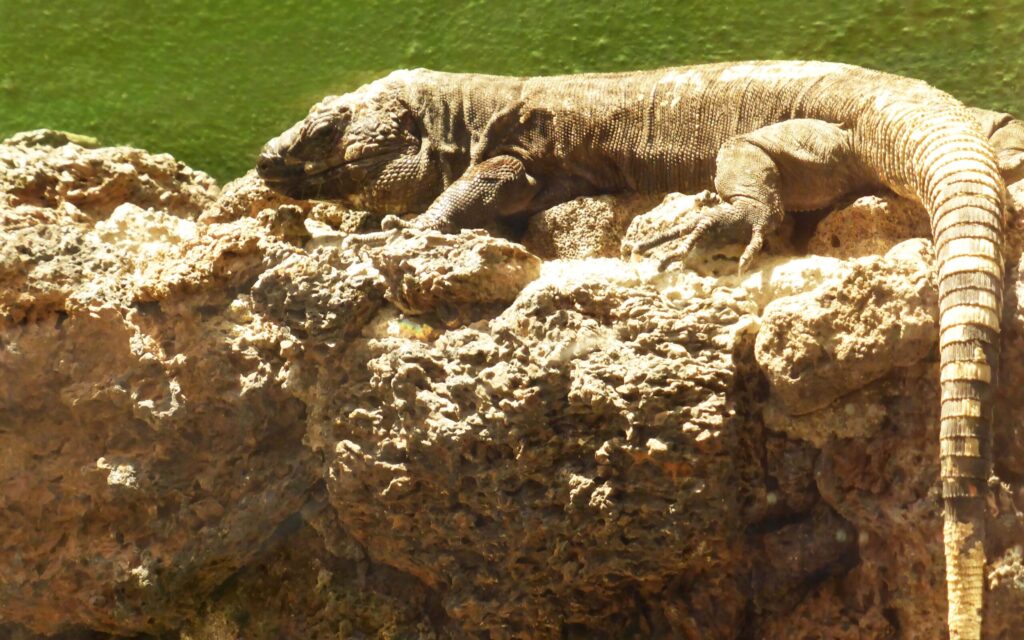
El Hierro:
-
- La Restinga Marine Reserve is a protected area with diverse marine life, offering opportunities for diving, snorkeling, and underwater photography.
- El Hierro Biosphere Reserve: A UNESCO reserve featuring unique ecosystems, volcanic landscapes, and hiking trails.
- Mirador de la Peña: A scenic viewpoint designed by César Manrique, offering panoramic views of the island’s coastline and neighboring islands.
- El Hierro Giant Lizard Sanctuary: A conservation area dedicated to protecting the endangered El Hierro giant lizard, with educational exhibits and guided tours.
Did you know?
One lesser-known fact about the Canary Islands is that they are home to a unique breed of dog called the “Podenco Canario.” These dogs have a long history in the archipelago and are known for their hunting abilities, particularly for small game-like rabbits. They are characterized by their slender build, agile nature, and keen senses, making them excellent hunters in the islands’ rugged terrain.
The Podenco Canario is recognized as a national symbol of the Canary Islands and has gained popularity as a loyal and affectionate companion beyond the region.

A little history:
The history of the Canary Islands is rich and diverse, spanning thousands of years. The islands were originally inhabited by the Guanche people, who lived there long before the arrival of Europeans.
In the 15th century, Spanish explorers, notably under the command of Juan de Bethencourt and Jean de Béthencourt, began the process of colonization, bringing the islands under Spanish rule. The Canary Islands became an important stopover point for Spanish ships traveling to and from the Americas, serving as a crucial hub for trade and navigation. Over the centuries, the islands experienced periods of prosperity, invasions, and attacks by pirates and other European powers.
The strategic location of the Canary Islands made them a key military and commercial asset for Spain. Today, the islands are an autonomous community of Spain, known for their unique culture, stunning landscapes, and vibrant tourism industry.
